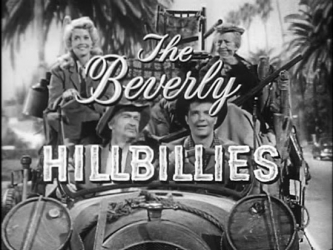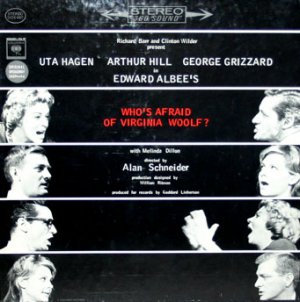“Turn the clock back exactly a half-century and you’ll find yourself in a different America–but one fraught with subtle signs and portents of what was to come. Nowhere is that lost world of confident certitude more clearly visible than in the surviving relics of its popular culture…”
Archives for July 20, 2012
TT: I’m still off
No Wall Street Journal drama column today–I’m still up at the MacDowell Colony, hacking away at Mood Indigo. I’ll be back at the old stand next Friday, though, with a review filed from Minneapolis.
See you then.
TT: The golden anniversary of now
In today’s Wall Street Journal “Sightings” column, I reflect on what American art and culture were like in 1962. Here’s an excerpt.
* * *
When did the world in which we now live take fully recognizable shape? I suspect that most middle-aged Americans would point to 1968, the annus horribilis when Martin Luther King, Jr., and Bobby Kennedy were assassinated. But it was in 1962, not 1968, that the curtain first started inching up on our age of full-color anxiety. Turn the clock back exactly a half-century and you’ll find yourself in a different America–but one fraught with subtle signs and portents of what was to come.
 Nowhere is that lost world of confident certitude more clearly visible than in the surviving relics of its popular culture. Fifty years ago, network TV was dominated by family-friendly, resolutely unironic sitcoms like “The Andy Griffith Show,” “My Three Sons” and “The Beverly Hillbillies,” which made its debut in 1962 and promptly shot to the top of the Nielsens. The top-grossing American movies included “How the West Was Won,” “The Longest Day,” “The Music Man,” “That Touch of Mink” and “To Kill a Mockingbird.” Johnny Carson took over “The Tonight Show” in October, and the guest list for his first show was a veritable time capsule of the old America: Tony Bennett, Joan Crawford and Rudy Vallee.
Nowhere is that lost world of confident certitude more clearly visible than in the surviving relics of its popular culture. Fifty years ago, network TV was dominated by family-friendly, resolutely unironic sitcoms like “The Andy Griffith Show,” “My Three Sons” and “The Beverly Hillbillies,” which made its debut in 1962 and promptly shot to the top of the Nielsens. The top-grossing American movies included “How the West Was Won,” “The Longest Day,” “The Music Man,” “That Touch of Mink” and “To Kill a Mockingbird.” Johnny Carson took over “The Tonight Show” in October, and the guest list for his first show was a veritable time capsule of the old America: Tony Bennett, Joan Crawford and Rudy Vallee.
That Carson should have thought Crawford and Vallee suitable guests for his debut is a clear indication of the extent to which American culture in 1962 was still dominated by the fast-receding past….
 Yet the cauldron of change was already bubbling away. Take a second glance at the guest list for Carson’s “Tonight Show” debut and you’ll note the unexpected presence of Mel Brooks, whose raucously, unabashedly vulgar movies would soon help to undermine Hollywood’s long-established sense of the appropriate. Nor was Mr. Brooks the only portent of things to come. Nineteen sixty-two was also the year when Bob Dylan cut his first album. Andy Warhol’s first solo show, an exhibition of Campbell’s Soup cans, opened in Los Angeles in 1962, and Edward Albee’s “Who’s Afraid of Virginia Woolf?” opened on Broadway. As dissimilar as these now-venerable objets d’art may seem to us now, they all had in common the iron determination of their creators to break decisively with the earnest, self-confident tone of postwar culture….
Yet the cauldron of change was already bubbling away. Take a second glance at the guest list for Carson’s “Tonight Show” debut and you’ll note the unexpected presence of Mel Brooks, whose raucously, unabashedly vulgar movies would soon help to undermine Hollywood’s long-established sense of the appropriate. Nor was Mr. Brooks the only portent of things to come. Nineteen sixty-two was also the year when Bob Dylan cut his first album. Andy Warhol’s first solo show, an exhibition of Campbell’s Soup cans, opened in Los Angeles in 1962, and Edward Albee’s “Who’s Afraid of Virginia Woolf?” opened on Broadway. As dissimilar as these now-venerable objets d’art may seem to us now, they all had in common the iron determination of their creators to break decisively with the earnest, self-confident tone of postwar culture….
* * *
Read the whole thing here.
Philip Larkin reads “Annus Mirabilis”:
TT: Almanac
We would rather be ruined than changed
We would rather die in our dread
Than climb the cross of the moment
And let our illusions die.
W.H. Auden, The Age of Anxiety
